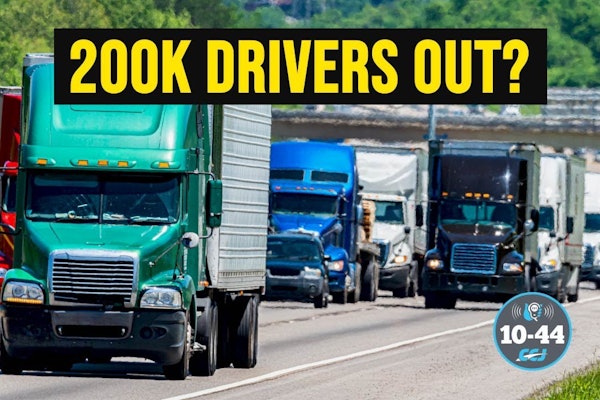The American Transportation Research Institute (ATRI), the trucking industry’s not-for-profit research organization, released its “Safety by Design: Optimizing Safety in Highway Work Zones” study, which analyzes truck-related work zone crash data and offers counter-strategies to mitigate work zone accidents.
The research analyzed numerous sets of truck-related work zone safety statistics, and commissioned a targeted state-level analysis of truck accidents by work zone crash location. The study also examined national and multi-state data to differentiate truck crashes in work zones, as compared to non-work zone accidents. It presents a variety of tactics and approaches for reducing work zone accidents and exposure.
Recommendations include developing improved work zone specifications, standardizing accident reporting processes and strengthening adherence to existing American Association of State Highway and Transportation Officials (AASHTO) work zone design guidelines.
“The study provides the basis for a partnership of the trucking industry and government to provide safer work zones for all motorists,” said ATRI Chairman Doug Duncan, president and CEO of FedEx Freight.
Among other factors, the study considers work zone accidents by time of day and location within the work zone. While critical of the availability and accuracy of truck-involved work zone accident data, it does provide important insights on improving work zone safety.
A key concern, based on findings that show that truck-car accidents are highly prevalent in the lane tapering region of work zones, is that many states now are considering reducing the length of work zone tapers in order to increase traffic flow and lane capacity. Doing so may compromise safety as cars cut in front of trucks, forcing them to brake quickly.
“Given the emphasis that FHWA and state DOTs are placing on improving work zone safety, the issues raised in this report should be taken into account by all work zone planners,” said Dean Carlson, former Kansas DOT secretary and former AASHTO president. “At the very least, we need to ensure that AASHTO’s existing guidelines are closely followed, and that design specifications accommodate the unique characteristics of large trucks.”







